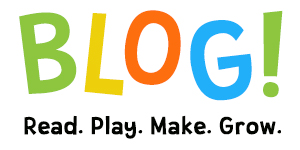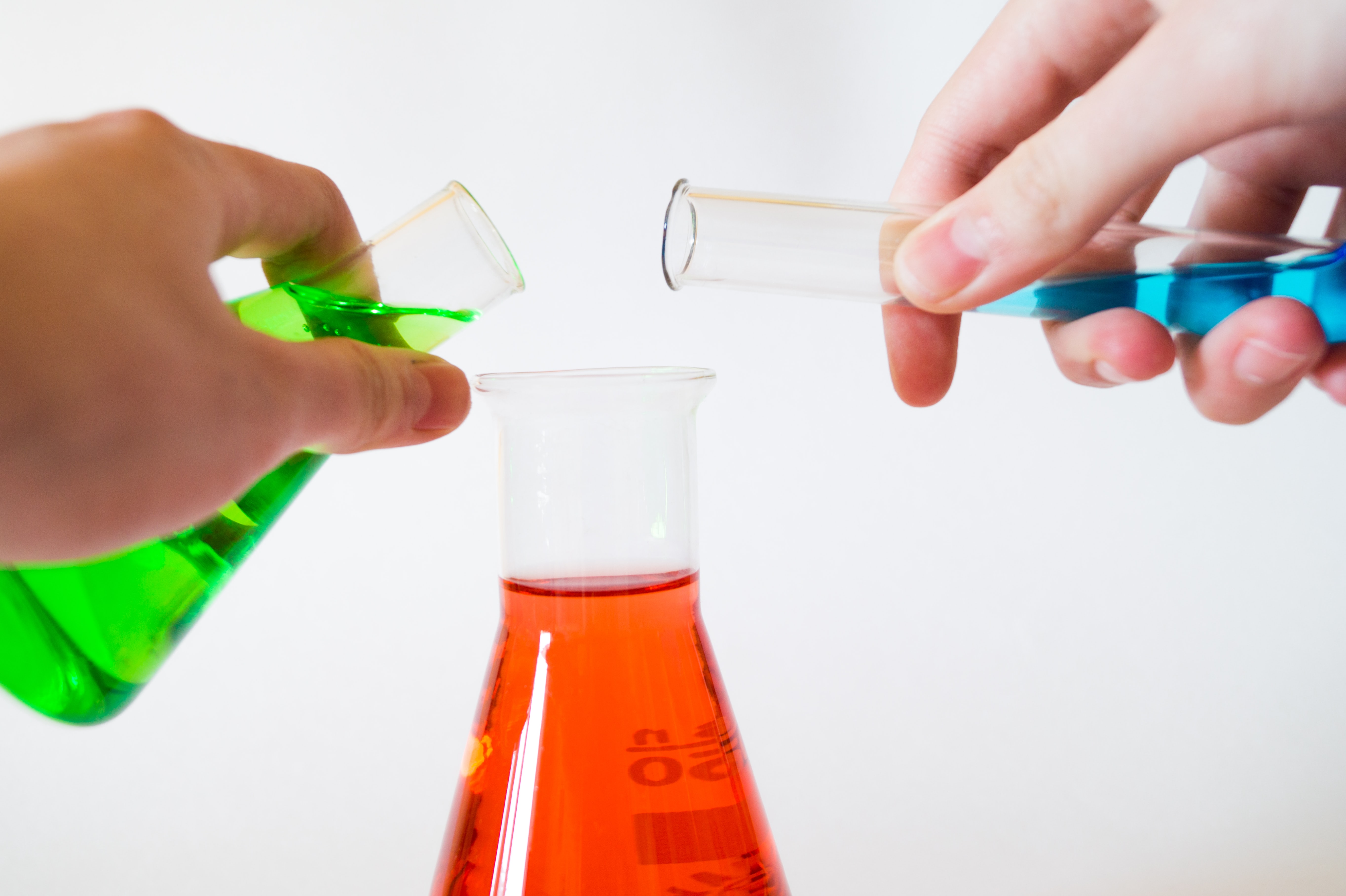
Photo by Alex Kondratiev on Unsplash
Toddlers and preschoolers love to explore the world. Here are 4 simple science experiments you can do together that will ignite your toddler or preschooler's curiosity.
Sink or Float
Materials
- Container to hold water. A large bowl or plastic bin works nicely.
- Toys and other household objects such as balls, cups, coins, sponges, and silverware.
- Pencil and paper.
Start by filling your container with water. Show your child an example of an item that floats, and an item that sinks. Before your child drops an item into the container, ask them if they think the item will sink or float. Record your prediction on your piece of paper, and see if they were right.
Boat Engineering
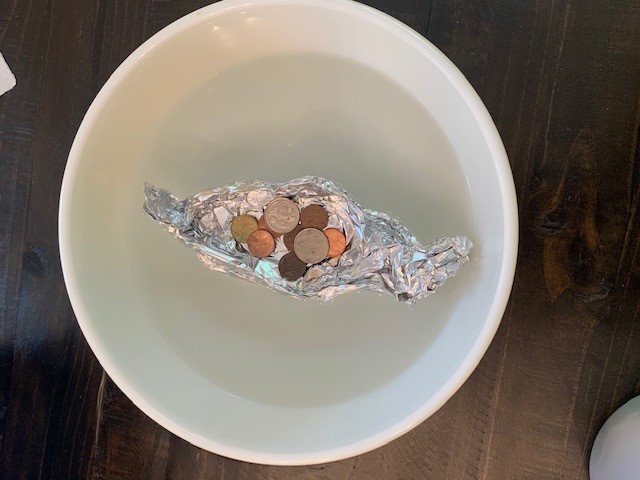
Materials
- Container to hold water.
- Tin foil or other household recyclables such as straws, egg cartons, and cardboard.
- Weights such as coins, washers, Legos, or small wooden blocks.
- Tape (optional)
Create a boat out of tinfoil or other household items such as straws, egg cartons, or cardboard. If you need inspiration, look at pictures of boats together. A tin foil boat will be the quickest way to make a boat.
Fill your container with water. Place your boat in the container. Add weight to your boat using items such as coins, washers, small blocks, or Legos. See how much weight your boat can hold before it sinks! Once your boat sinks, see if you and your child can build another boat that will hold more weight.
Baking Soda and Vinegar Chemical Reactions
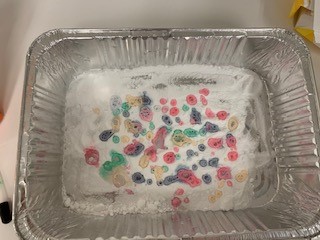
Materials
- Baking soda.
- Vinegar.
- Food coloring.
- Cups.
- Pan with sides, such as a casserole dish or disposable aluminum pan.
- Eyedropper or spoon.
There are many ways you can explore with baking soda and vinegar, but this is one of my favorites.
Start by pouring a thin layer of baking soda in your pan. You will want a deep pan with sides to contain the fizz from the baking soda and vinegar.
Pour a small amount of vinegar into your cups. The amount does not need to be precise, but 1/4 cup in each cup should be enough. Add one color of food coloring to each cup of vinegar. Mix to combine.
Fill an eyedropper or spoon with the colored vinegar, and drip it into the pan. Watch the color appear on the baking soda, and it fizz as the baking soda and vinegar combine. Enjoy the fizzing, and see what colors you can make!
Color Mixing with Magic Milk
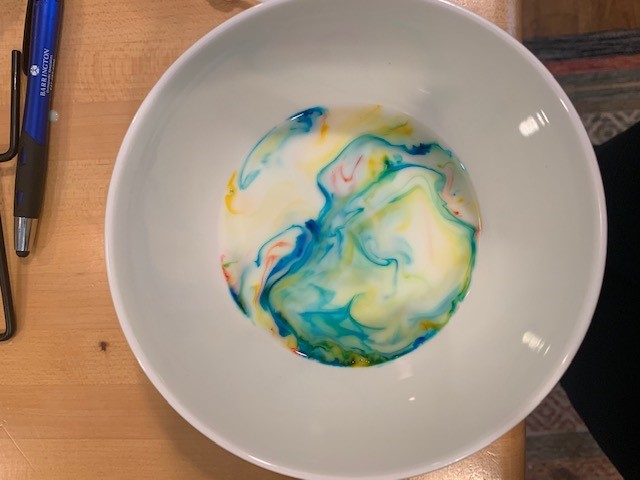
Materials
- 2% or Whole Milk.
- Bowl.
- Dish soap.
- Cotton swab.
- Small cup.
- Food coloring.
Pour some milk into a bowl. The milk should be either 2% or Whole Milk. Add several drops of food coloring to the milk.
Pour a small amount of dish soap into a small cup. Dip your cotton swab into the cup of dish soap. Touch the cotton swab with the dish soap on it to the milk. Once the dish soap touches the milk, you should see the colors spread out from each other. You can dip the cotton swab in the dish soap again and touch it to a different spot on the milk.
Looking for more experiments to do with your toddler or preschooler? Here are some websites with more ideas.
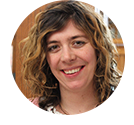 Youth Services Librarian Ann
Youth Services Librarian Ann

